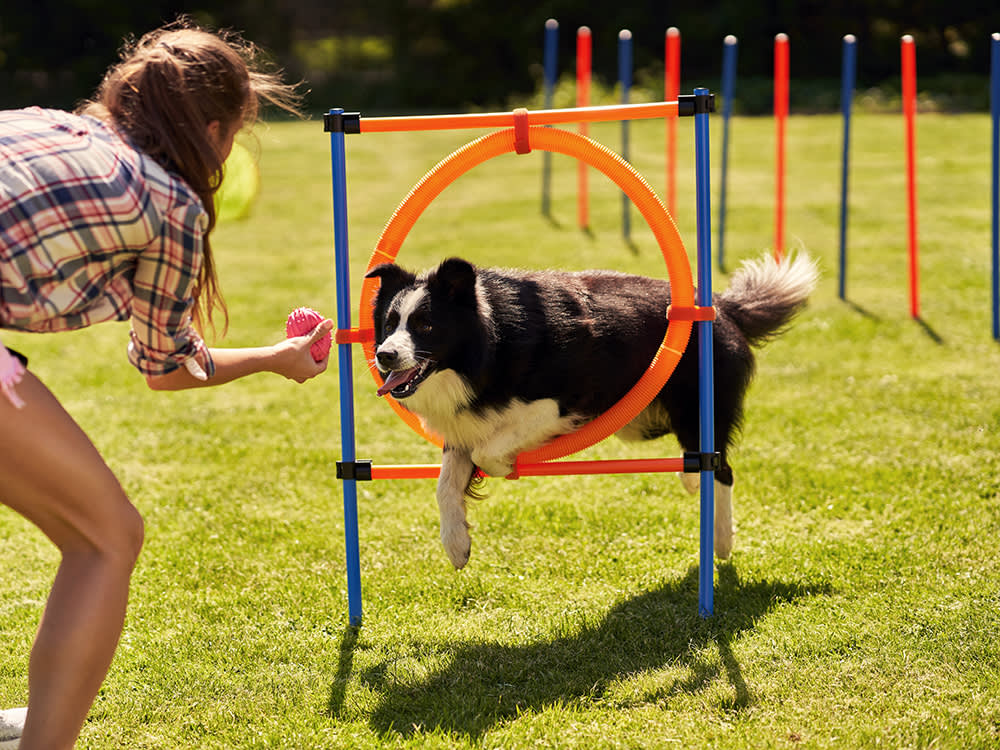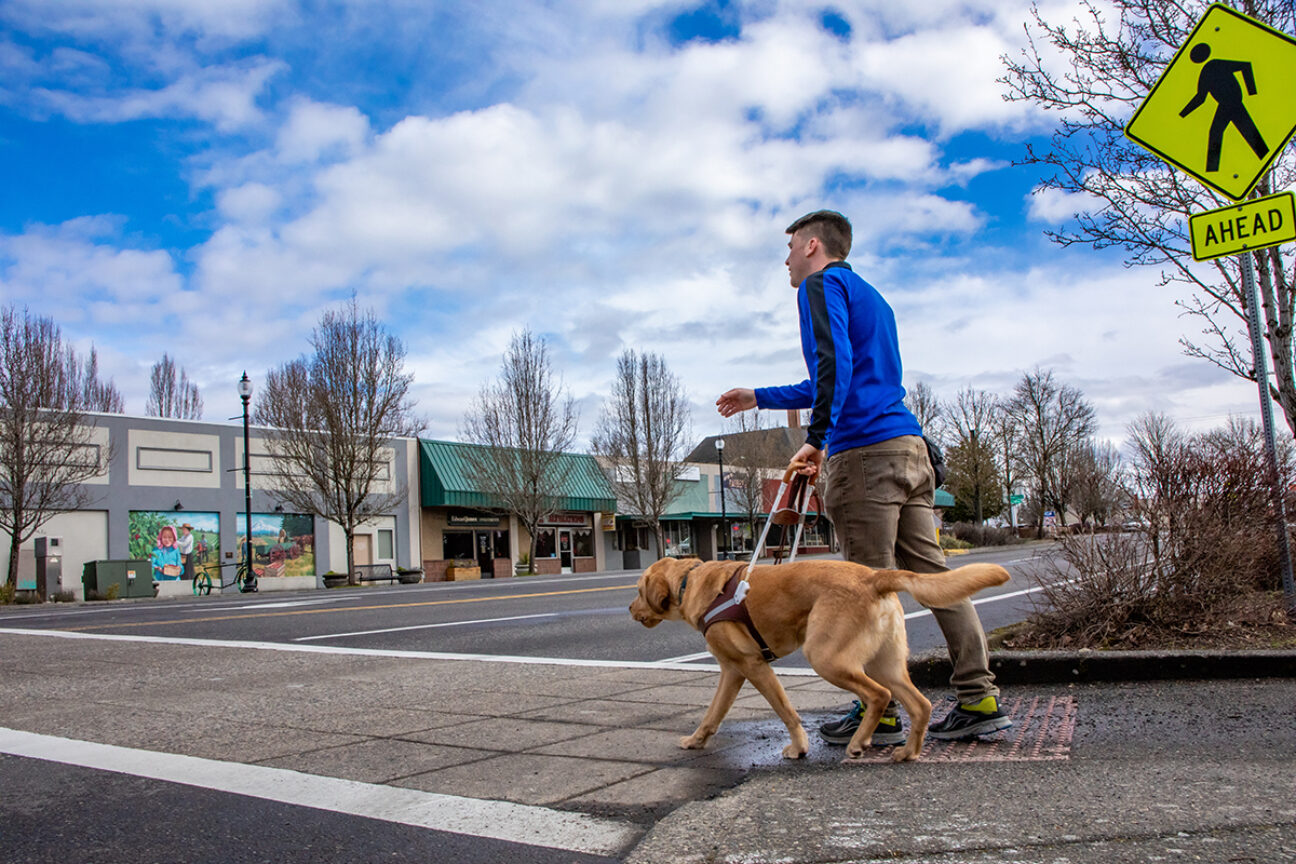Leading Pet Dog Educating Methods Every Owner Need To Know

Favorable Reinforcement Methods
Utilizing positive support techniques is necessary for efficient canine training, as it cultivates a relying on bond between the instructor and the pet dog. This technique focuses on fulfilling preferable habits instead of penalizing unwanted ones, creating an atmosphere favorable to finding out. Incentives can include deals with, appreciation, or play, which inspire pet dogs to duplicate the behaviors that earn them these incentives.

Moreover, this approach improves the dog's enthusiasm for training sessions. When dogs link training with positive experiences, they are a lot more engaged and receptive. Past instant therapy, favorable reinforcement urges a collaborative partnership in between the canine and instructor, reducing stress and anxiety and fear
To make best use of effectiveness, it is critical to supply rewards promptly, making sure the canine links the habits with the reinforcement. Fundamentally, favorable reinforcement techniques not just yield better-trained dogs but additionally promote a harmonious collaboration between pet and owner.
Clicker Training Method
The clicker training method is an extremely effective method that builds on the principles of favorable reinforcement by including a distinct noise to mark wanted behaviors. This approach uses a small portable tool that creates a clicking sound, permitting instructors to connect with their pets in a clear and immediate manner. When a canine carries out a behavior that the owner desires to urge, the remote control is triggered, followed by an incentive, typically in the kind of deals with or praise.
The trick to successful clicker training hinges on consistency and timing. It is important to click at the exact moment the desired actions occurs, ensuring that the dog connects the audio with the action and the subsequent incentive. This method not only improves communication but likewise cultivates a stronger bond in between the pet dog and the proprietor, as it motivates interaction and interaction throughout training sessions.
Clicker training can be applied to a selection of commands and habits, from standard obedience to more complex techniques. Its flexibility and performance make it a preferred strategy among specialist fitness instructors and pet dog owners alike, paving the means for a trained and receptive canine friend.
Leash Training Fundamentals
Reliable leash training is vital for guaranteeing a pleasurable and secure strolling experience for both pets and their owners. Dog training. Leash training should start very early and be approached with patience and uniformity. Beginning by picking an ideal chain and collar or harness. A flat collar might benefit some canines, while others might gain from a harness that minimizes drawing.
Introduce your pet to the leash progressively, enabling them to explore it in a comfortable environment. Once they are accustomed, method loose-leash strolling. This entails rewarding your pet dog for walking next to you instead of pulling in advance. Usage treats and praise to enhance preferred actions, and be sure to remain assertive and calm.
If your dog begins to pull, stop strolling immediately. Wait up until they return to your side before returning to. This educates them that pulling does not bring about proceed. Furthermore, practice various walking environments to help your pet adapt to interruptions.
Regular technique will certainly solidify your dog's understanding of leash rules. Keep in mind that leash training is an ongoing process; patience and consistency will certainly yield the very best results, fostering a favorable experience for both you and your canine companion.
Socialization Strategies
Socializing is an essential aspect of pet training that must ideally begin during puppyhood however can be useful at any age. Efficient socializing aids dogs develop self-confidence and decreases the possibility of behavioral problems. To implement successful socializing methods, subject your pet dog to a variety of atmospheres, individuals, and other animals.
Beginning published here with regulated settings, such as young puppy classes or organized playgroups, where young pet dogs can interact safely. Progressively present your dog to new experiences, consisting of various sounds, surface areas, and activities. Guarantee these experiences are satisfying and favorable to establish a sense of safety and security.
For adult canines or those lacking direct exposure, begin with low-stress circumstances. Short, favorable communications with friendly human beings and tranquil dogs can produce positive organizations. Make use of treats and praise to reinforce preferable habits throughout these experiences.

Consistency and Persistence
Identifying the significance of consistency and persistence in pet dog training is vital for attaining enduring results. Educating a dog is a gradual process that needs a structured method and unwavering commitment from the proprietor. Each command or behavior need to be strengthened constantly to aid the dog understand what is expected of them. Irregular training can cause complication, making it difficult for the pet to comprehend commands or actions, eventually hindering development.
In addition, persistence is a crucial component of efficient training. Dogs, like people, find out at their very own pace. Some might grasp concepts rapidly, while others might take longer. It is essential for proprietors to remain helpful and tranquil, strengthening positive behavior without considering aggravation or penalty. This promotes a trusting connection in between the pet and proprietor, urging a more willing and passionate student.
To cultivate consistency and persistence, develop a normal training regular, utilize the very same commands, and make sure that all household participants use the exact same training concepts - Dog click over here now training. By doing so, you develop a secure atmosphere favorable to finding out, enabling your dog to develop and thrive right into a mannerly buddy
Conclusion
In final thought, reliable dog training methods, such as favorable support, clicker training, and correct chain training, are important important source for fostering a healthy and balanced owner-dog relationship. Furthermore, applying socializing approaches and preserving consistency and patience throughout the training process adds significantly to a pet's total wellness. By incorporating these methods, canine proprietors can help with the development of well-adjusted, loyal pets, ultimately improving the quality of life for both the canine and the proprietor.
Among the most noticeable techniques are positive reinforcement, clicker training, and chain training, each offering one-of-a-kind advantages that add to a mannerly dog. As we explore these essential methods, it ends up being apparent that understanding their nuances can considerably impact the training experience and the dog's general actions.Utilizing positive reinforcement techniques is necessary for effective pet dog training, as it fosters a relying on bond between the pet dog and the trainer.In conclusion, efficient dog training techniques, such as positive reinforcement, clicker training, and proper leash training, are essential for promoting a healthy and balanced owner-dog relationship. By integrating these approaches, pet proprietors can assist in the advancement of well-adjusted, obedient family pets, inevitably improving the top quality of life for both the owner and the dog.